The Truth About How Tea Is Made
TEATIME NOTES
Find tips, recipes, and articles to increase your delight and enjoyment of tea.
The Truth About How Tea Is Made

The Most Common Ways Tea Is Delivered to You
You melt into your corner of the couch at the end of a grueling afternoon. You breathe in. You breathe out. And you let go of the meaningless happenings from the day - thank goodness!
This is your moment. This is “you time.”
Your novel nests itself on your cozy blanket. You glance down at your tea, your fingers wrap around your favorite mug as you take in that fragrant scent.
Then your brain sabotages the moment with those thoughts. Thoughts like “Where did this tea come from?”
But, you’re serious. Where does your tea come from? From China or India most likely, yes…but you know it’s a lot more complicated than that.
You recall how minutes before you abandoned your usual pot of loose-leaf tea for a measly tea bag. Okay, okay…you admit that you use tea bags more than you would like. No, it doesn’t taste as good and it’s not ideal, but it gets the job done. Right?
But wait.
What was that thing you read about tea bags and microplastics? Something about better tea bags that you can recyclable, or…something.
You can’t remember all the details right now. You do remember the big takeaway: that tea bags are destroying the earth - for real.
So here you are with your not-so-feel-good cup of tea, fretting that you may be part of the problem.
But, does it even matter?
Really.
Does it matter where your tea comes from?
Yes! It sure does!
Why It Matters Where Tea Comes From
Your tea passes through an insane amount of hands. We’re talking dozens, if not hundreds of hands that all play very specific parts to get that tea from the garden to your kitchen.
This begs the question “Where does tea come from?”
Not all tea is created equal. The tea industry is so big that people tend to turn a blind eye to unethical production practices — and you don’t want to be one of those people who turn a blind eye to tea bag pollution or the mistreatment of workers.
You want to be on the right side of the industry - not the wrong side.
You want your tea to be made with quality ingredients and health in mind.
You want to know your tea comes from a place where workers are treated well.
But all you really want is to not think twice about all of this.
You want to drink your tea in peace.
So, how do you get to that point?
How Tea Is Made
If you want to know if your tea comes from quality ingredients and supports good workplace values, you have to understand how the tea industry works as a whole. When you understand the tea-making process, you’ll know what to look for in a tea company that actually stands by good values.
You’ll be happy supporting these vendors because their values will align with yours. And it’s a surefire guarantee that your tea will taste better too. There’s nothing like the taste of peace of mind.
Let’s learn how tea is made!
Step 1 - It Starts On the Tea Farm
Tea is grown in tea gardens or plantations. You might assume that tea is shipped straight from the farm to different companies, but this is not common.
Your tea will pass through many hands at various locations in different countries before you plop that tea bag in your favorite mug. Tea plantations are the first step in a large production process.
Bagged tea and loose-leaf teas are grown separately on different plantations because they’re harvested in completely different ways.
Step 2 - Harvest the Leaves at the Perfect Time
It’s harvest time! How do you know when the tea leaves are ready? It depends on the climate and the kind of tea that’s made.
Tea leaves that are grown for tea bags are harvested with machines. The machines try to cut off the tops of the tea stalks, but a lot of the time the stalks are harvested along with the leaves. Harvesting this way is much faster, but the quality of the tea declines a ton.
Loose-leaf teas are harvested by hand by workers who pluck tea leaves off the tops of the stems. These are the best-tasting and most nutrient-rich parts of the tea plant and the most ideal leaves for tea. This is why your loose-leaf teas taste so much brighter and more flavorful than tea bags, and why they are more expensive.
Step 3 - Process the Leaves
When you pluck a tea leaf off of the stem it isn’t too different from another tea leaf at another plantation. In fact, they might be identical because all teas, unlike wine or coffee, come from the exact same plant.
How is that possible? How do you make green tea and black tea from the same leaves?
After tea leaves are harvested they are processed using a unique combination of steps like oxidizing, rolling, steaming, roasting, and so on. Every flavor of tea from Jasmine Pearl to Earl Grey to White Silver Needle has its own unique formula for developing that specific flavor.
Loose-leaf tea processing is time-consuming because it’s mostly done by hand. Sometimes machines assist in the process, but these tea leaves are handled delicately compared to tea bag leaves.
The tea in a typical tea bag is processed by machines from start to finish. What you see in tea bags is the unsightly tea dust from crushed and pulverized tea leaves.
Step 4 - Blend and Sort the Tea Leaves
Your average tea bag is a blend of different teas from different plantations. It’s rare if the tea in your tea bag comes from one tea garden.
Loose-leaf teas are usually sourced from one tea garden. Workers sort batches of tea leaves by hand to match up similar-sized leaves. These batches of tea can be graded and sold for more or less based on quality or rarity.
Some teas are blended with different herbs, spices, flavorings, and ingredients. This blending process is sometimes done off-site and sometimes in a different country. After they are blended with spices and flavors, these tea leaves might even be sent to a third packaging facility before being sold in the next step.
Step 5 - Wholesale, Direct-to-Sale, or Tea Auctions
Your tea will move on to one of three common selling methods before it is put in its pretty packaging: direct-to-sale, wholesale, or tea auctions.
Direct-to-Sale
Some small farms sell their tea directly to retailers. They may even sell directly to consumers like you.
When a tea plantation sells direct to their client, they have more control over prices and they can guarantee the quality of their tea a little better. It doesn’t pass through nearly as many hands.
Wholesale Distribution
Wholesalers purchase large quantities of tea from tea plantations and store the tea in their warehouses. These wholesalers sell to retailers who ultimately sell to you.
Tea Auctions
In many tea-producing countries, auctions play an important role in tea distribution. Instead of being sold to a wholesale vendor or straight from the farm, the tea plantations sell their tea at auctions.
Auctions are a great way for buyers and sellers to observe what’s trending in the tea market. They also give retailers a chance to sample teas all in one place before buying.
Step 6 - Pristine Branded Packaging
After your favorite company purchases its tea from the plantation, a wholesaler, or an auction, they ship off their tea once more to get packaged in that pretty container that catches your eye. Your tea is divided and sealed in branded boxes or containers.
Then, it is off to the store for you to purchase — maybe…
Step 7 - To the Stores and Retailers, and Then to You
There are a few ways tea finally gets into your hands.
You might buy the tea directly from their store or website.
The retailer might sell to other retailers who then sell to you - like a tea shop!
They also sell to grocery stores or other chains.
Regardless, your tea has finally made it to you!
It was a long journey, but it was worth the work.
Teas and Teaware Done Right
Did you know that making a simple cup of tea was so involved? Now that you know the basics of how tea is made. And you can keep a lookout for brands that are trying to turn the tea industry around for the better.
Teabloom is one of those value-driven companies that’s been on a mission to support the greater good from the very first day. Not only are their teas purchased directly from small plantations but they also have sustainable alternatives to tea bags that are 100% compostable.
They are all about giving you the best when it comes to tea, and that starts with good teaware. Their sustainable borosilicate glass teaware is made with your health, wellness, and personal taste in mind. From modern to classic silhouettes there is something here to suit your decor and personal tastes.
Take a look at Teabloom’s collection of exquisite teaware and taste the outstanding flavor of your tea as you’ve never tasted it before.
Make the world a little better with Teabloom.



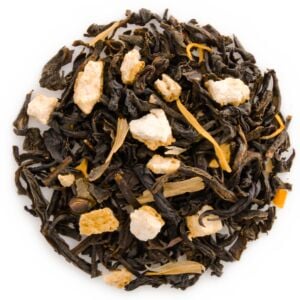
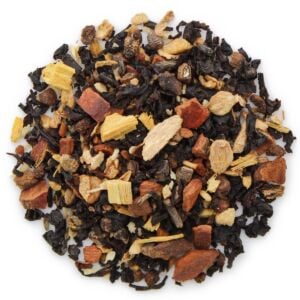
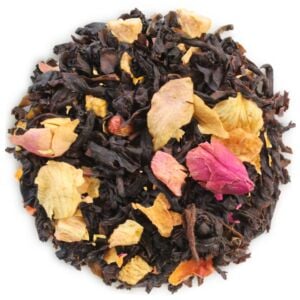

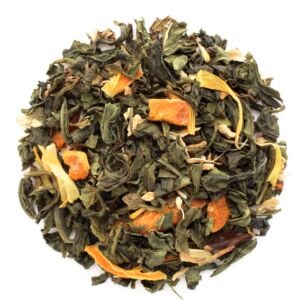
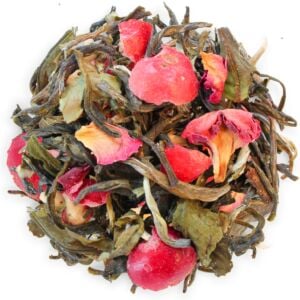
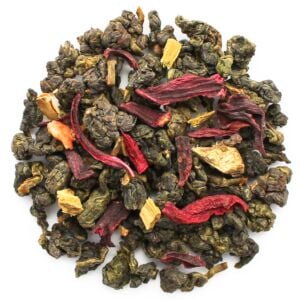
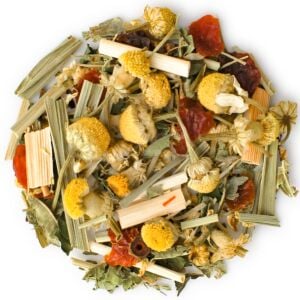
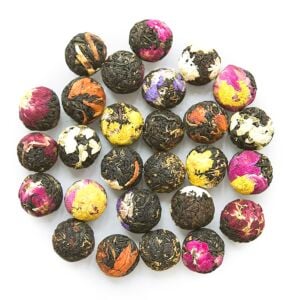


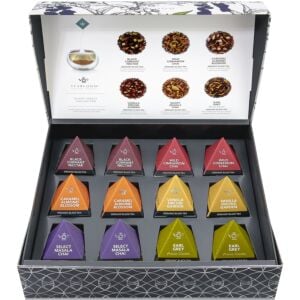
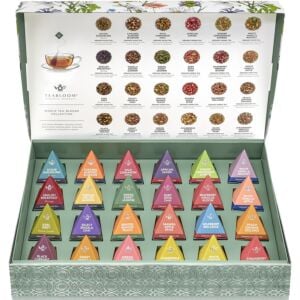



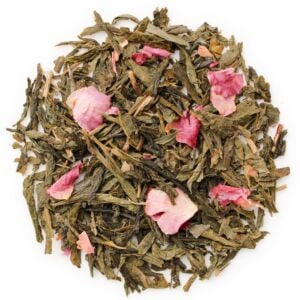

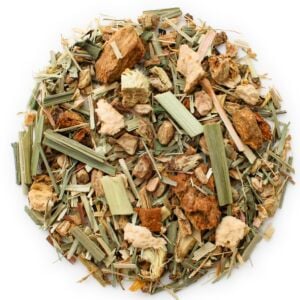

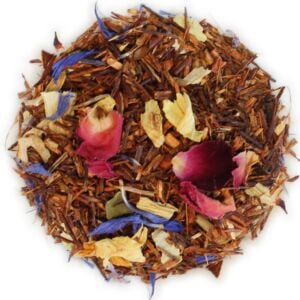
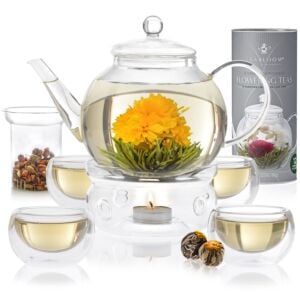
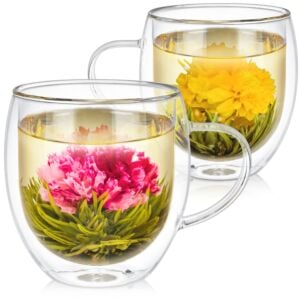
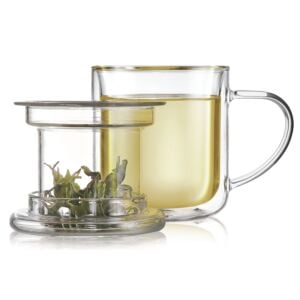
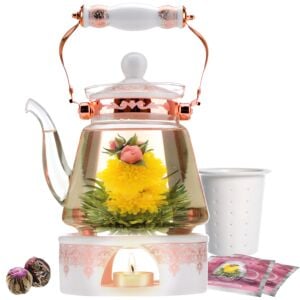
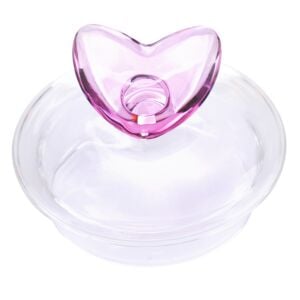
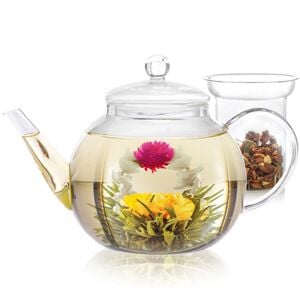


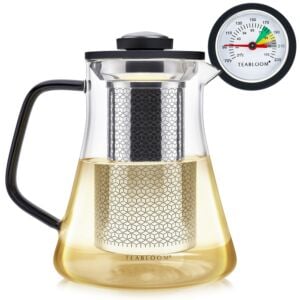
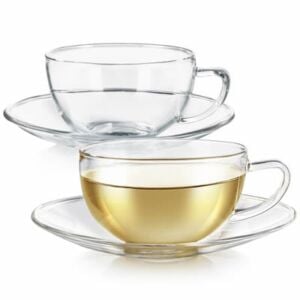
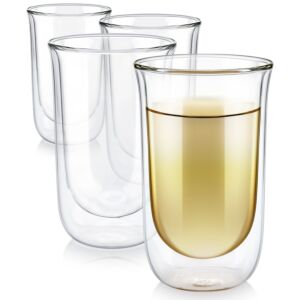
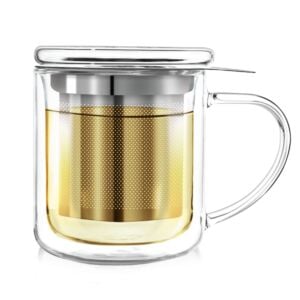
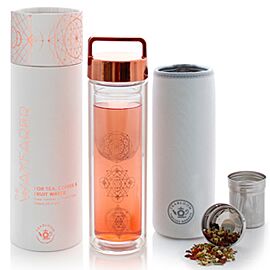

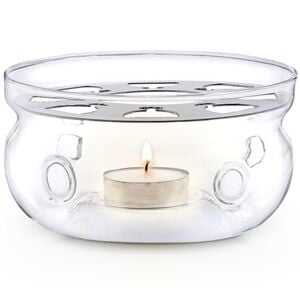
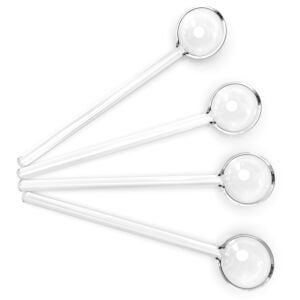
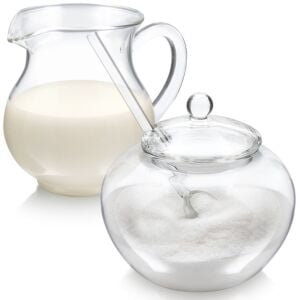
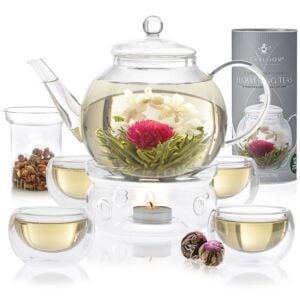
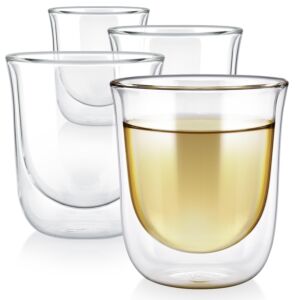


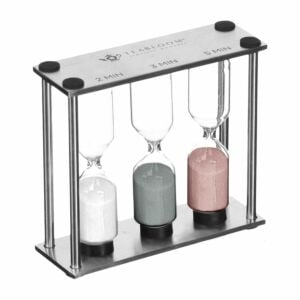
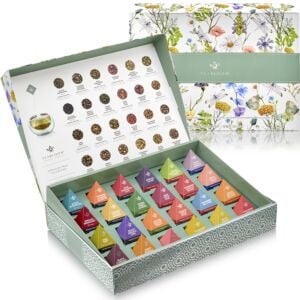

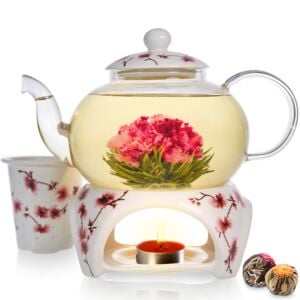
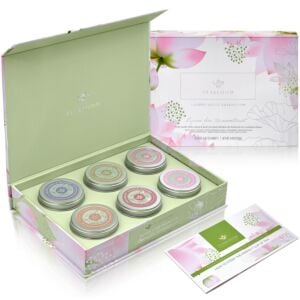

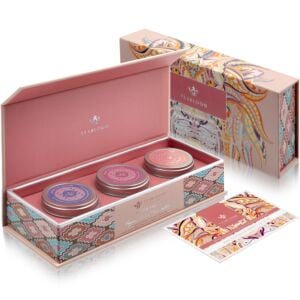



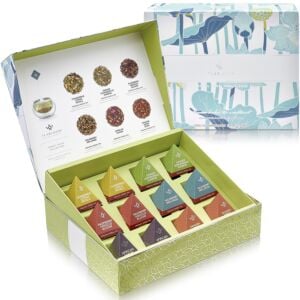
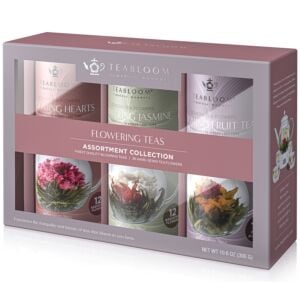


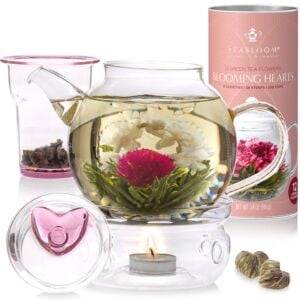

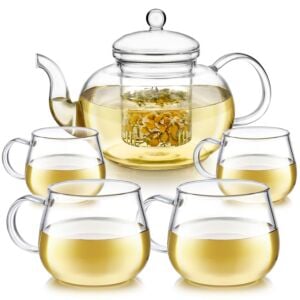



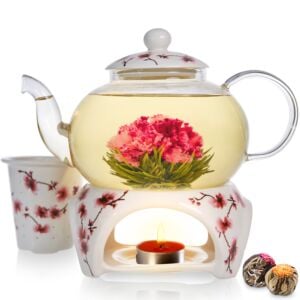
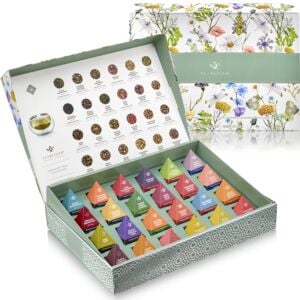
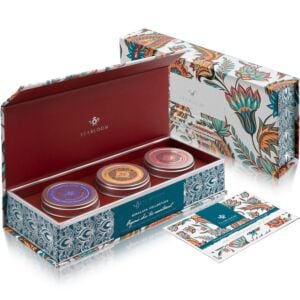
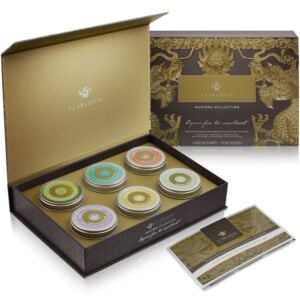


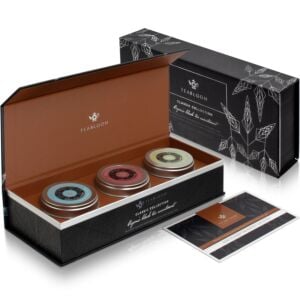



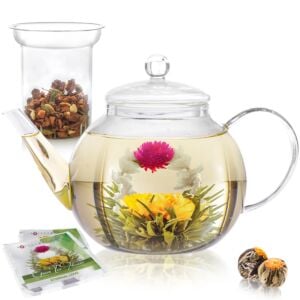
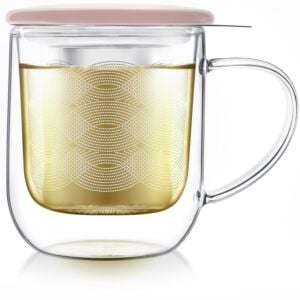

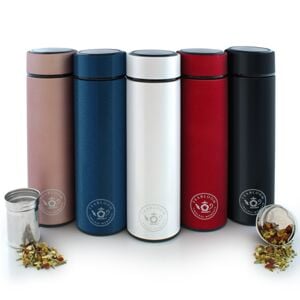
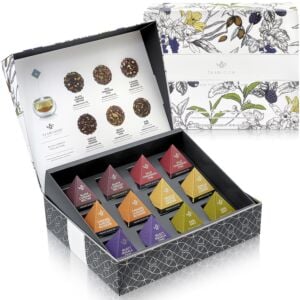


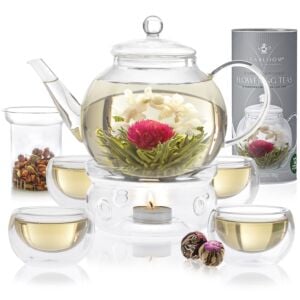
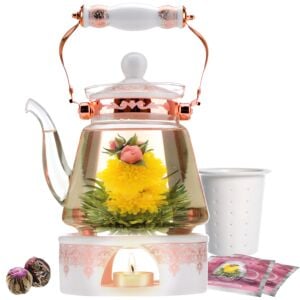
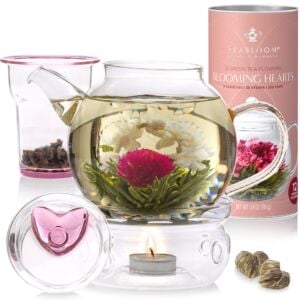


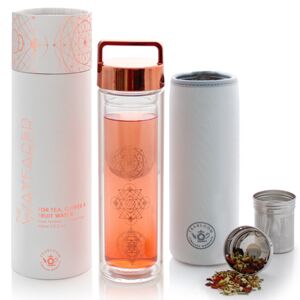

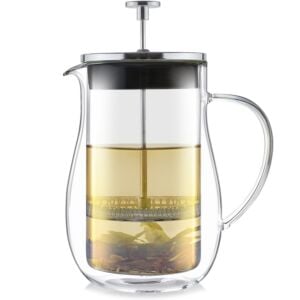

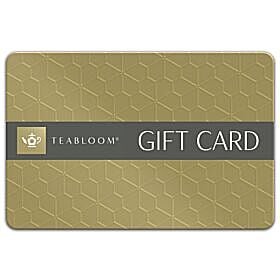
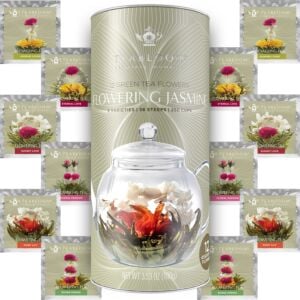


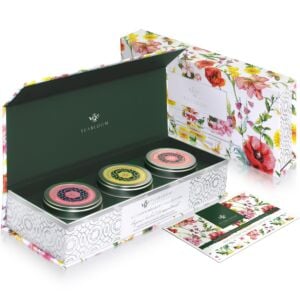



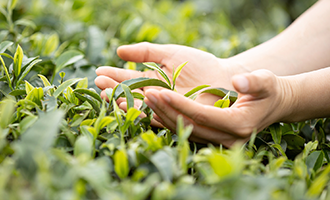
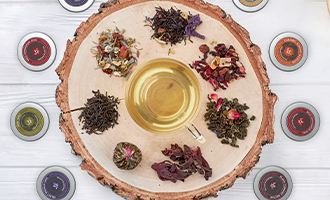

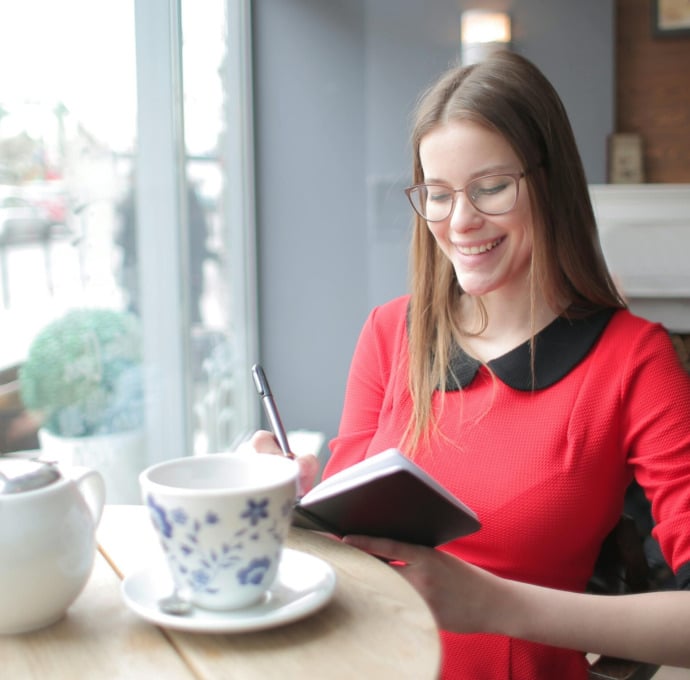


Share your thoughts